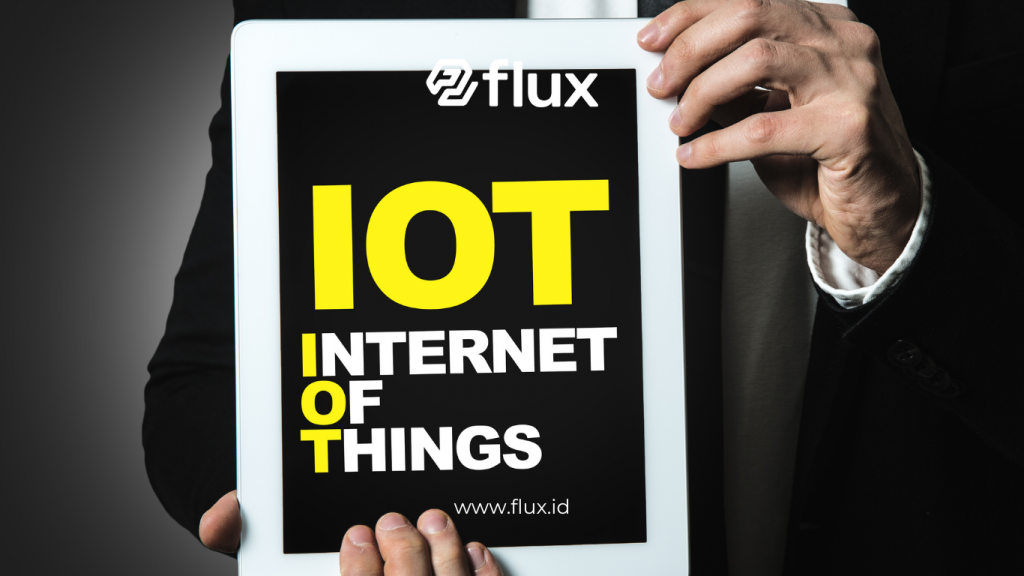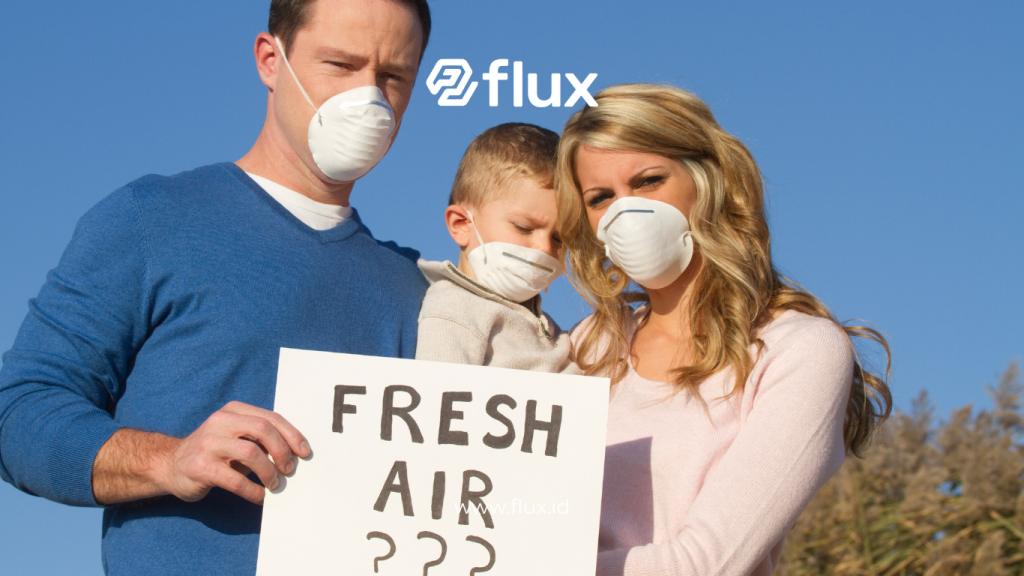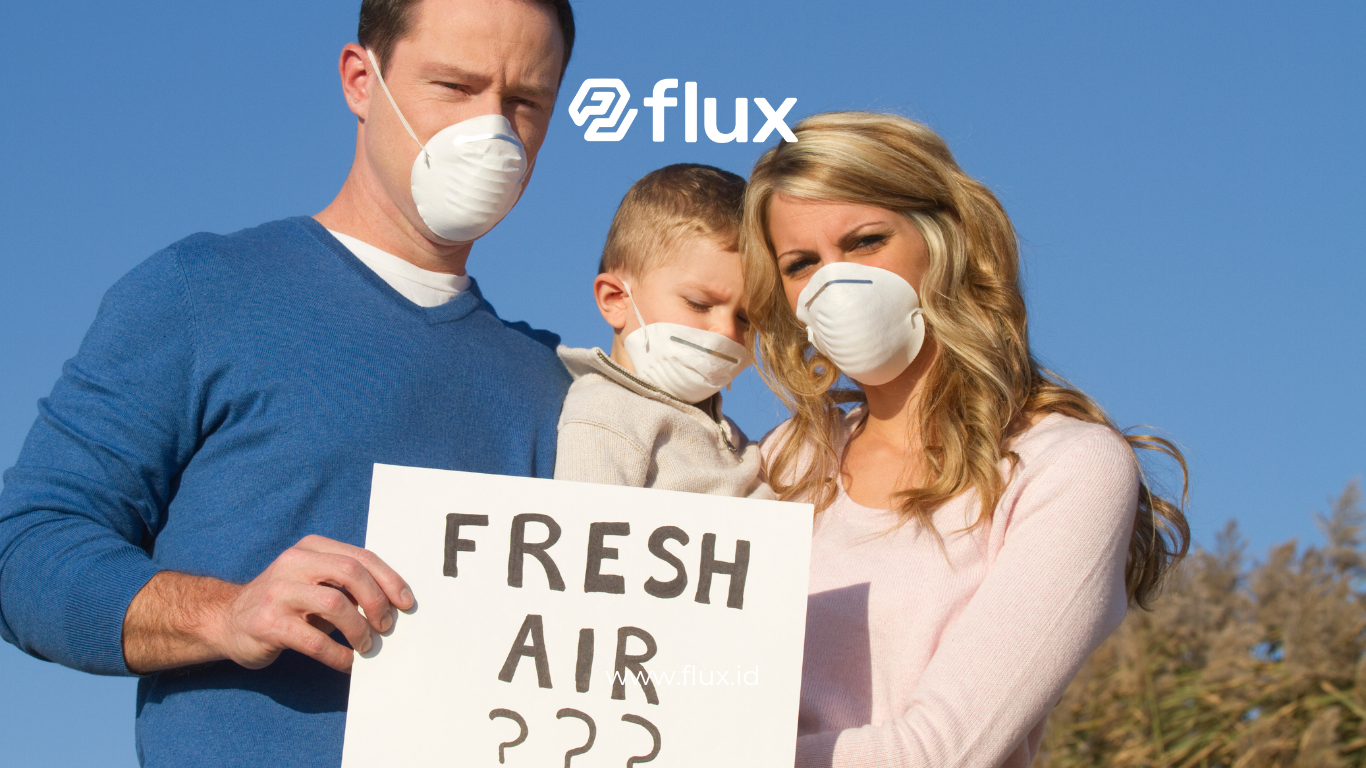Don't miss our holiday offer - 20% OFF!
Maintaining good air quality is crucial for both human health and environmental sustainability. As pollution continues to rise, especially in urban areas, monitoring and improving air quality has become a growing necessity. Thankfully, advanced technologies like IoT (Internet of Things) sensors provide a practical solution. In this article, we will explore how IoT sensors can actively improve air quality by offering real-time pollution monitoring.
Contents
- 1 What Are IoT Sensors?
- 2 How IoT Sensors Monitor Air Quality
- 3 Main Benefits of Using IoT Sensors for Air Quality
- 4 Popular IoT Solutions for Air Quality Monitoring
- 5 Challenges of Implementing IoT Sensors for Air Quality
- 6 Long-Term Benefits of IoT Sensors for Health and Environment
- 7 Steps for Large-Scale Implementation of IoT Sensors
- 8 Conclusion
What Are IoT Sensors?

Read More: Comprehensive Guide: Implementing IoT Sensors in Flood Monitoring for Quick and Effective Response
IoT sensors are internet-connected devices that collect, transmit, and process data from their surrounding environment. In terms of air quality, these sensors detect pollutants, hazardous gases, and even environmental factors like humidity and temperature. After gathering the data, they send it to a cloud platform for analysis, helping users take timely actions to maintain cleaner air.
How IoT Sensors Monitor Air Quality

Read More: Oxygen (O2) Sensors for Air Quality Monitoring: How These Sensors Help Manage Urban Air Quality
These sensors work by detecting pollution-related parameters. Some focus on measuring particulate matter (PM2.5 and PM10), while others target harmful gases like carbon monoxide (CO), sulfur dioxide (SO2), nitrogen dioxide (NO2), and ozone (O3). Cities and industries place these sensors in various locations, such as highways, parks, and residential areas.
As sensors gather pollution data, they instantly transmit it to cloud-based systems. Users can access this data in real-time through apps or dashboards, allowing them to make informed decisions about air quality in their surroundings.
Main Benefits of Using IoT Sensors for Air Quality

Read More: Unveiling How Oxygen (O2) Sensors Monitor Urban Air Quality: Technology and Applications
1. Real-Time Data Availability
One of the primary benefits of IoT sensors is their ability to provide real-time updates. This immediacy enables authorities and individuals to take swift action when pollution levels rise above acceptable limits.
2. Widespread Deployment
Installing IoT sensors is straightforward, and they can be deployed in multiple strategic locations. This wide distribution ensures that both urban and rural areas receive accurate air quality monitoring.
3. Early Preventive Measures
With real-time information, users can act quickly to prevent adverse effects. For instance, if sensors detect dangerous pollution levels, authorities can immediately warn the public or enforce restrictions to mitigate the problem.
4. Data Analysis for Long-Term Planning
IoT sensors not only provide immediate data but also help in forming long-term strategies. By analyzing trends over time, decision-makers can identify the main sources of pollution and develop effective solutions to reduce their impact.
Popular IoT Solutions for Air Quality Monitoring

Read More: How IoT Sensors Help Manage Urban Air Quality: Modern Solutions for Pollution and Sustainability
Several IoT sensor solutions are gaining popularity for their effectiveness in air quality monitoring. Some of the leading options include:
1. Air Quality Egg
Air Quality Egg is a well-known IoT device used for monitoring air quality in residential and urban areas. It can measure pollutants like CO2, PM2.5, and other gases. The data is displayed on a cloud-based platform for users to monitor air quality in real time.
2. Clarity Node
Clarity Node offers a low-cost, yet accurate solution for air quality monitoring. It is widely used in cities around the world and features a modular design that allows easy integration into smart city platforms.
3. PurpleAir
Widely used in the United States and several other countries, PurpleAir offers real-time air quality monitoring. Its sensors detect PM2.5, temperature, and humidity, and the data is displayed on a public map, accessible to everyone.
Challenges of Implementing IoT Sensors for Air Quality
Despite their many benefits, implementing IoT sensors for air quality monitoring comes with challenges:
1. Limited Coverage
Deploying IoT sensors across large areas can be expensive and logistically complex. To achieve wide coverage, a substantial investment is needed to install enough sensors in key locations.
2. Accuracy and Calibration
Sensors must undergo regular calibration to maintain accuracy. Environmental changes, including weather, can affect sensor performance, making regular maintenance a necessity.
3. Data Processing Complexity
IoT sensors collect vast amounts of data, which requires complex processing to turn it into actionable insights. Sophisticated algorithms, AI, and machine learning play essential roles in ensuring accurate and relevant analysis.
Long-Term Benefits of IoT Sensors for Health and Environment

Read More: Improving Urban Air Quality with IoT Sensors: Technology and Benefits in Pollution Monitoring.
The long-term benefits of IoT sensors extend beyond immediate monitoring. They contribute significantly to both public health and environmental conservation.
1. Disease Prevention
Poor air quality is linked to numerous respiratory diseases, such as asthma and lung cancer. By monitoring and reducing pollution, IoT sensors help lower health risks and contribute to disease prevention.
2. Lowering Carbon Emissions
IoT sensors enable industries and governments to monitor pollution sources and reduce carbon footprints. Accurate data helps them make informed decisions about controlling industrial emissions and regulating vehicle exhausts.
3. Raising Public Awareness
The availability of real-time air quality data also increases public awareness. Individuals become more conscious of environmental issues and can take steps to reduce their personal pollution contributions.
Steps for Large-Scale Implementation of IoT Sensors
For IoT sensors to have a widespread impact on air quality, the following steps should be taken:
- Collaborate with Governments and Industries
Successful implementation requires strong collaboration among governments, industries, and local communities. Governments can create policies encouraging the adoption of IoT technologies, while industries provide the infrastructure. - Build an Integrated Infrastructure
Supporting IoT sensors requires robust infrastructure, including reliable internet networks and cloud platforms capable of processing large data sets. Governments and private organizations must invest in these areas to ensure smooth operations. - Use Data to Inform Public Policy
Policymakers can use the data collected from IoT sensors to inform urban planning, create emission regulations, and launch awareness campaigns to reduce pollution.
Conclusion
In conclusion, IoT sensors present a game-changing solution for monitoring air quality and managing pollution. With their ability to provide real-time data and long-term analysis, they empower governments, industries, and individuals to take proactive steps toward cleaner air. Though challenges remain, the benefits of widespread IoT sensor implementation—ranging from public health improvements to environmental sustainability—are undeniable. This technology paves the way for a healthier, more livable future.





